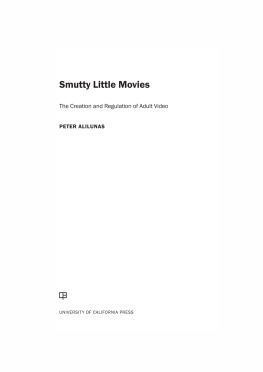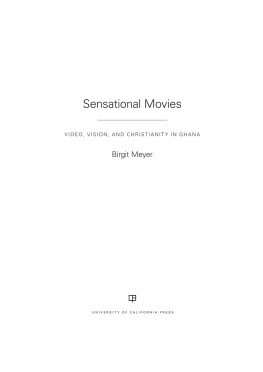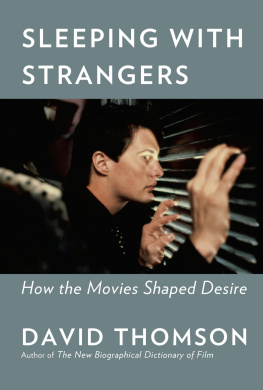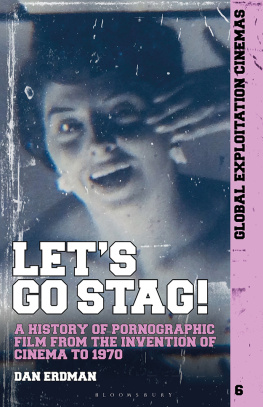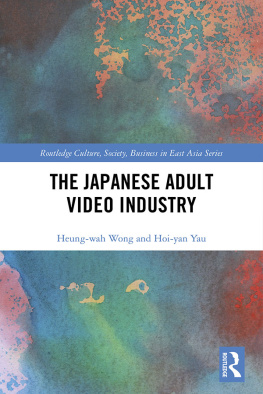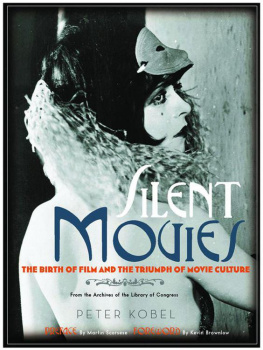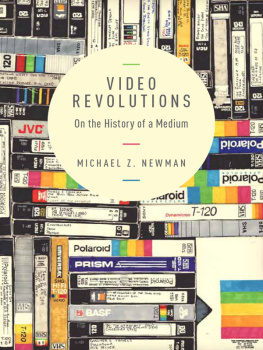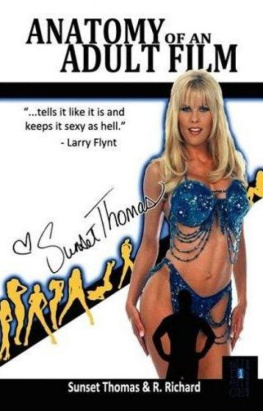Acknowledgments
As with most academic books, this one was created primarily in isolation. I spent many hours in archives and libraries, on buses and in airports, before dawn and after sunset, alone and lost in thought while struggling to make words that might mean something. But that is not what I remember most; instead, I remember the friendships and associations I made with the many people who contributed in ways both small and large to my thinking, research, and writing. Indeed, this book exists only because of the labor, collaboration, and cooperation of others. Any omissions, oversights, or lapses in memory in what follows are unintentional.
I have tremendous gratitude toward the many colleagues and friends who have been so influential on my life and work. They are scattered far and wide, starting with those who were my classmates on the long journey toward this book: Matt Payne, Kevin Sanson, Kristen Warner, Curran Nault, Kevin Bozelka, Alexis Carreiro, Annie Petersen, Bo Baker, Kristen Lambert, Alyx Vesey, Caitlin Collins, Jacqueline Vickery, Eliot Chayt, Marlene Costa, Alex Cho, Kit Hughes, Evan Elkins, Nathan Koob, Dimitri Pavlounis, Feroz Hassan, Katy Peplin, Ben Strassfeld, Yuki Nakayama, Josh Morrison, and the many others who have shared a seminar or bar table with me over the years. Special thanks to Mike Arnold, a tremendous comrade, sounding board, and co-conspirator. I also want to thank my many students at the universities of Oregon, Michigan, and Texas. For any of them reading this: you get an extra brownie badge to take to the cocktail party.
Ive had many important and influential teachers, far too numerous to list here properly. Jonathan Morrow, Nicole Malkin, George Rowe, Kathleen Karlyn, Mary Kearney, and especially Janet Staiger all had profound and direct impact on my academic life. It was at the University of Michigan that the ideas in these pages were hatched. The grants, fellowships, and assistance of various kinds provided to me during my graduate study there made my initial research possible. Special thanks to the staff of the department of Screen Arts & Cultures, who made my work much easier: Carrie Moore, Marga Schuhwerk-Hampel, Mariam Negaran, Phil Hallman, and Mary Lou Chlipala. I was very fortunate to have such supportive mentors and advisors, among them Gaylyn Studlar, Markus Nornes, Johannes von Moltke, Sheila Murphy, Matthew Solomon, Mark Kligerman, Giorgio Bertellini, Colin Gunckel, Caryl Flinn, and especially Richard Abel, who helped me appreciate historiography, so much so that I changed my entire academic trajectory and focus. Dan Herbert was (and continues to be) a superb advisor, ally, and mentor. Theres no way I could have taken onmuch less finishedthis project without him. I will always have tremendous fondness for the years I spent (and the people I spent them with) in Ann Arbor learning how to do a professors work.
My (very familiar) home at the University of Oregon provided me with even more assistance and support as I finished Smutty Little Movies. Various fellowships and grants from the School of Journalism and Communication, the Office of the Vice President for Research and Innovation, and the Oregon Humanities Center made the final stages of this book possible. Im surrounded and supported by a group of fantastic and encouraging colleagues. Julianne Newton, Leslie Steeves, Janet Wasko, Tom Bivins, Christopher Chvez, Debra Merskin, Gretchen Soderlund, Bish Sen, Gabriela Martnez, Carl Bybee, Carlnita Greene, HyeRyoung Ok, Jennifer Schwartz, Kyu Ho Youm, Troy Elias, Dean Mundy, Todd Milbourn, Lisa Heyamoto, Kathryn Kuttis, Kathryn Thier and many others welcomed me with wholehearted support for this project and for my work in general; Im more grateful than I can possibly describe. Im also grateful on a daily (and probably hourly) basis to the remarkable staff, particularly Colleen McKillip, Celina Baguiao, Sally Garner, Melody Olmstead, Joseph Szelesta, and Sue Varani. Michael Aronson, Priscilla Pea Ovalle, Daniel Steinhart, Michael Allan, Sergio Rigoletto, Sangita Gopal, Dong Hoon Kim, Quinn Miller, Masami Kawai, and Andre Sirois have made something really wonderful with the Cinema Studies program; Im thrilled to be part of it, not to mention an incredibly proud alumnus.
Many colleagues in many fields (especially home video and pornography studies) have helped me in vast and varied ways. Im indebted to Josh Greenberg, Josh Kitching, Amy Herzog, Frederick Wasser, Eric Hoyt, Joseph Slade, Dries Vermeulen, David Lerner, Kevin Heffernan, Andy Owens, Michael Bowen, Laura Helen Marks, Casey Scott, Joe Rubin, Damon Young, Ashley West, April Spicer, Mariah Larsson, Elena Gorfinkel, Tom Waugh, Russell Sheaffer, Luke Stadel, Alicia Kozma, Maureen Rogers, and John Stadler. My heartfelt thanks to Lucas Hilderbrand and Whitney Strub for their support and encouragement and for making this book (and my thinking on the subject) much, much better. My apologies to Mary Rizzo for the voluminous footnotes; I cant promise Ill do any better next time. Cynde Moya and Ivan Stormgart at Alta-Glamour, Anissa Malady at the Center for Sex and Culture Library, and the librarians and archivists at the Kinsey Institute at the University of Indiana and at the Leather Archive in Chicago were of tremendous help and very patient in helping me fill in various gaps. John A. Mozzer and Dona McAdams were wonderfully gracious in helping with permissions for their photographs, which ultimately were not used in this book; Art Vernik took the photograph that appears on the cover, and I not only thank him for allowing me to use it, but I also use it as an opportunity to tell everyone to take photographs of adult businesses. Future historians need them.
Highlights of my academic life have included the opportunities to get to know the scholars whose monumental work was the impetus and inspiration for me to take it on myself. I cannot thank Linda Williams, Constance Penley, Gayle Rubin, Chuck Kleinhans, and Eric Schaefer enough. Their influence and impactdirect and indirectare everywhere in this book and in everything I do in this field.

